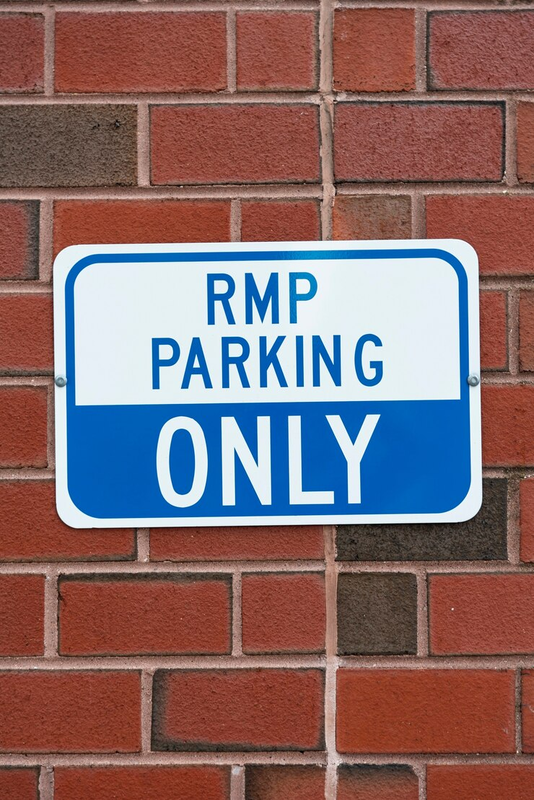How to Navigate Congestion Zones and Parking Restrictions in London
 Moving house in London can be stressful, especially when dealing with congestion zones and parking restrictions. With proper planning and knowledge of the rules, you can make the process smoother. Here’s a guide to help you navigate London’s congestion charges and parking rules on moving day:
Moving house in London can be stressful, especially when dealing with congestion zones and parking restrictions. With proper planning and knowledge of the rules, you can make the process smoother. Here’s a guide to help you navigate London’s congestion charges and parking rules on moving day:1. Understanding London’s Congestion Charge
The Congestion Charge Zone (CCZ) covers much of central London. Vehicles entering this zone between 7 am and 6 pm on weekdays (and 12 pm to 6 pm on weekends) must pay a daily fee. The current charge is £15, but it’s important to check for any updates before your move.
Check if your destination falls within the CCZ: Use the online Congestion Charge Zone map to determine if your new home is in or near the zone.
Pay the charge online: You can pay the Congestion Charge online, via phone, or set up Auto Pay. Keep receipts for any moving expenses, as you may be able to claim them during tax time.
2. ULEZ and LEZ Zones
In addition to the CCZ, there are Ultra Low Emission Zones (ULEZ) and Low Emission Zones (LEZ) that you may encounter, particularly if you’re moving a larger vehicle.
Check your vehicle's compliance: ULEZ and LEZ apply to older, more polluting vehicles, which may need to pay a fee to enter certain areas. Enter your vehicle details on Transport for London’s website to see if you need to pay.
Plan routes to avoid fees: Consider alternate routes outside these zones if your vehicle is not compliant to avoid extra charges.
3. Securing Parking Permits
Finding parking in London can be a challenge, and restrictions vary depending on the borough.
Apply for a parking suspension: Contact your local council to request a parking suspension outside your current and new homes. This will reserve a space for your moving vehicle on the street, even in restricted areas. Apply early, as it can take up to two weeks to process.
Short-term permits: If your move is in a Controlled Parking Zone (CPZ), you may need a short-term parking permit for your moving truck. Each borough has different policies, so check with both the boroughs where you are moving from and moving to.
Loading bays: Some areas have designated loading bays that may be used temporarily for loading and unloading without a permit. Make sure to check signage and restrictions.
4. Timing Your Move
Avoid peak hours to save time and reduce the risk of fines. Early mornings, late afternoons, or weekends (after checking local rules) are often less congested times to move in London.
Navigating London’s congestion zones and parking restrictions doesn’t have to be overwhelming. With the right preparation, you can avoid unnecessary fines and delays on your moving day.
Next Article

